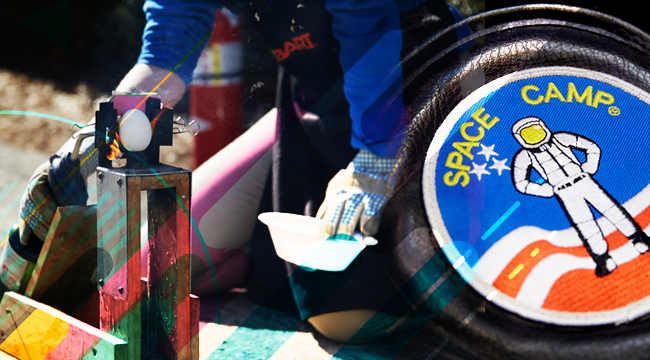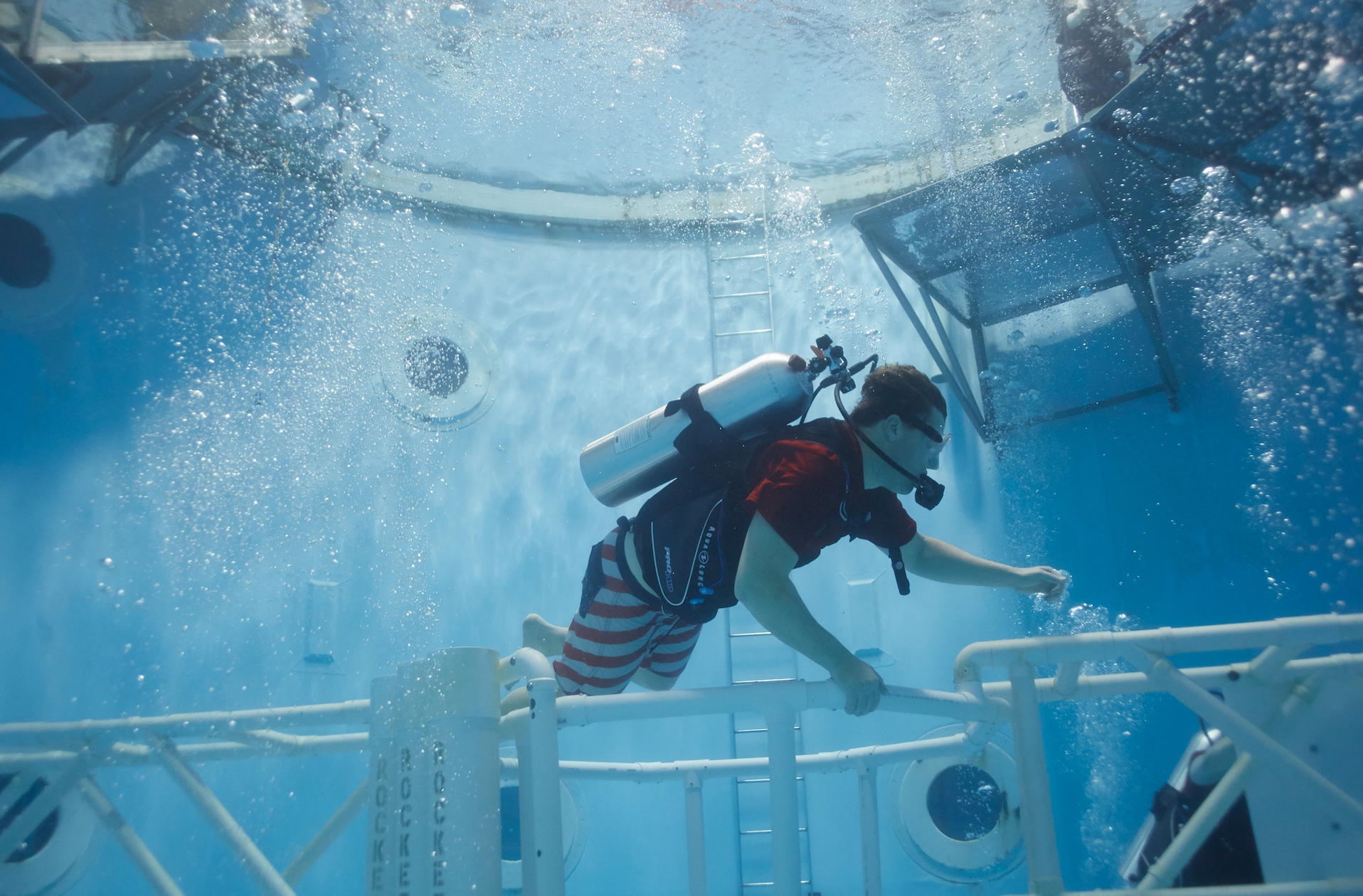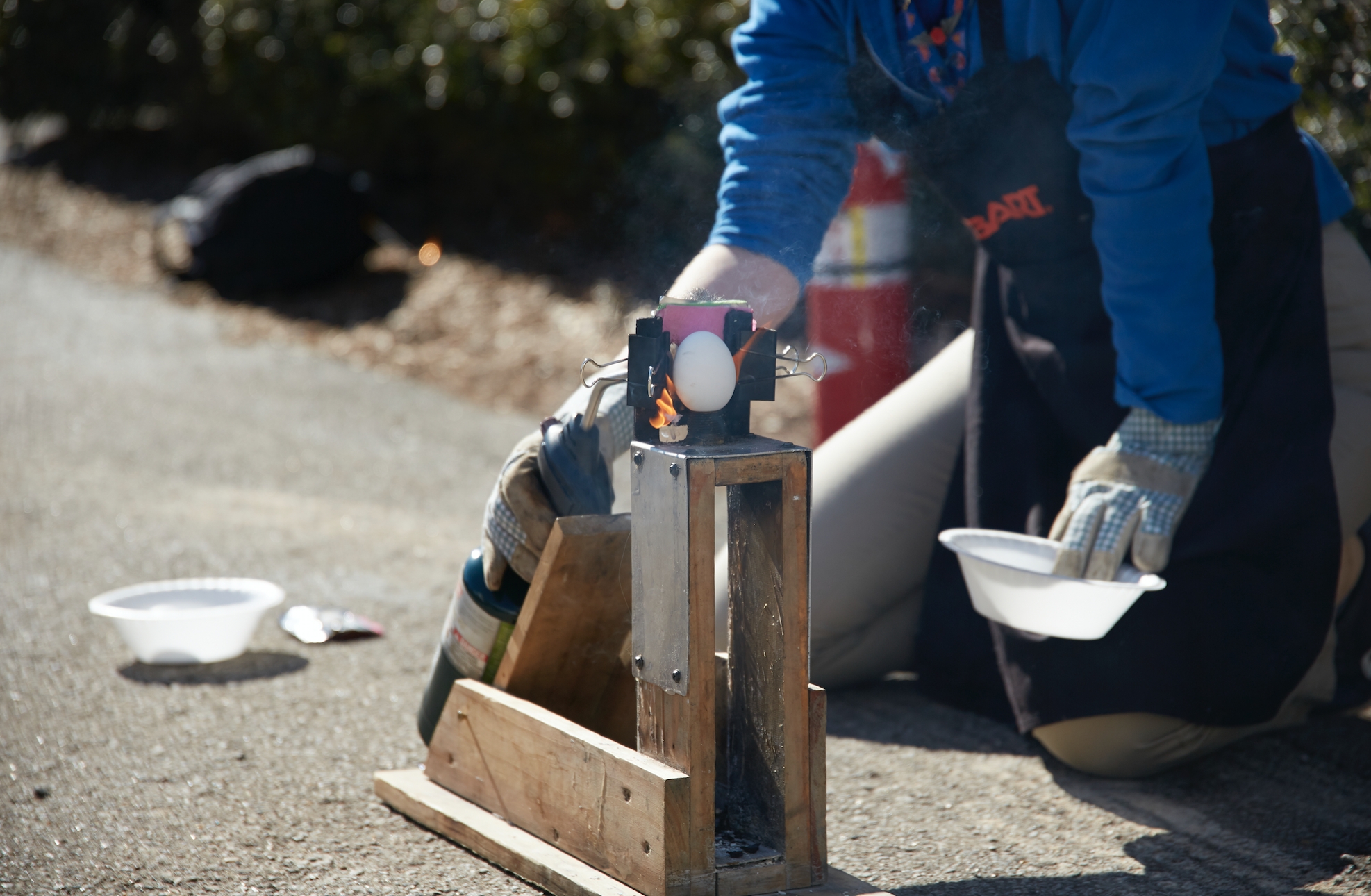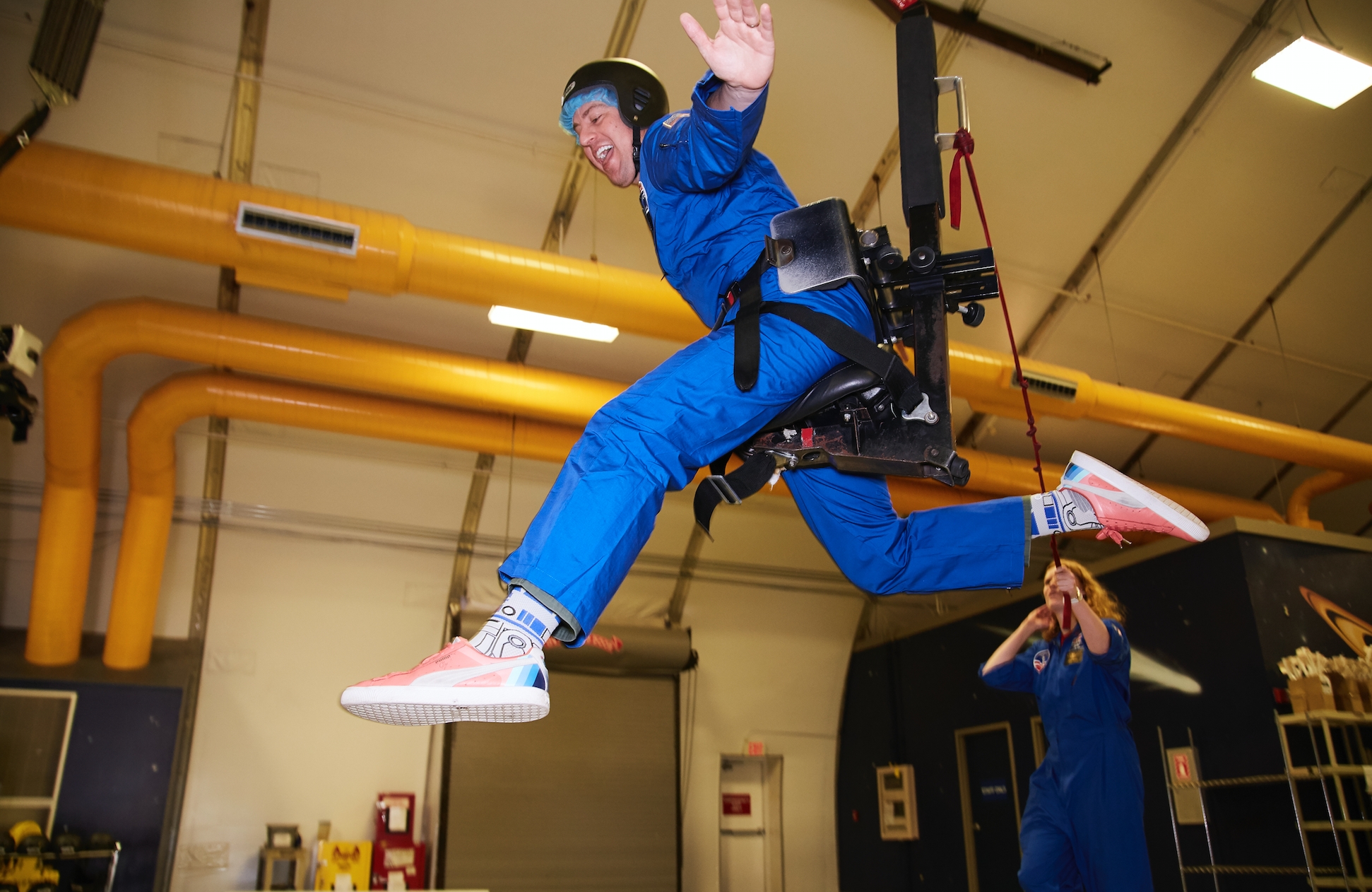
I was never a Space Camp kid. It was so far outside my family’s price range that virtually going to the moon at Space Camp felt very similar to literally going to the moon on an Apollo mission. That’s not to say I wasn’t intrigued by space. I was raised in the thick of the Star Wars years and the first model I ever built was of the space shuttle Challenger. But it remained the sort of experience that hovered beyond my reach until I was well into adulthood.
For me, the idea to finally go to Space Camp really resurfaced about a decade ago. I’d been writing about ecology and the more you know about what we’re doing to the planet, the more you realize that it may not be able to sustain us forever. For adults caught in the quagmire of the news cycle and fears about the environment, the notion of traveling to the final frontier is intensely alluring. So when National Geographic invited me to Space Camp as part of their promo for One Strange Rock, a documentary miniseries that premiered last night, I jumped at the offer.
As I prepped for a week in Huntsville, Alabama, I watched screeners of One Strange Rock‘s first three episodes. The show is based on a wonderful conceit: That to truly know earth you have to take the long view. Like… the really long view. From space. Each episode uses the expertise of astronauts to put our planet into perspective. These unique viewpoints are then processed for the audience by Will Smith, whose joy-for-living and insatiable curiosity make him the viewer’s perfect avatar.
The show deftly melds Nat Geo’s passion for the wild world with producer Darren Aronofsky’s rare talent at mixing massive set pieces with moments of quiet intimacy, all filtered through Smith’s relatable persona. By the time I watched astronaut Chris Hadfield tell an absolutely nerve-wracking story about having to clear his space suit while outside of the shuttle on a mission, I was beyond hyped on my Space Camp trip. And that was only three minutes into episode one.
If the point of Space Camp is to go home both enthralled by space and aware of how tough it is to actually visit, then mission accomplished. As much as I like the idea that we can all be astronauts, I’m not sure we all have the constitution for it. On my first morning in Huntsville, I was chosen as the co-pilot for a mission, then given an hour to prep before trying to execute scores of commands on a series of panels in the shuttle cockpit. The idea was to do all of this within a certain time frame as the crew prepared to re-enter the earth’s atmosphere. My teammates and ground control were relying on me to act quickly — so that they could all get through their own various assignments.
Simulation or not, that level of pressure is stressful. I could feel my forehead beading with sweat when Mission Control started their “T-minus” countdown.
At one point in the mission, the director of communications down at Houston was guiding me through a series of switches that needed to be toggled to solve an anomaly (which are built into every mission and come as a surprise to the campers) and I couldn’t track down the button he wanted. He cracked a joke over the radio, “It’s right where you left it co-pilot,” and I felt my face go hot with embarrassment. It put me off my game and my pulse quickened.
When we finally figured out that the error was in Houston, not in the shuttle, I looked at the pilot, let out a sigh of relief and grunted, “That asshole made me think it was my fault.”
There was a crackle over the radio. “Take it easy co-pilot; we can hear you down here.”
Two hours in and I’d already learned that though I may be smart enough for space it’s possible I don’t have the temperament for it.

Eventually, our simulated shuttle made it past the atmosphere, I deployed the chute and landing gears in time, and we had corndogs for lunch. All was merry between me and my fellow camper. Later, we scuba dove in a pool to simulate working on the moon, rode souped up carnival rides to get our g-force fix, ran another, less complicated simulation (this time to Mars), and interviewed actual astronauts who’d participated in One Strange Rock.
I proved to be an ace at moon walking (under water and using a spring-loaded chair) but my stomach isn’t particularly reliable when it comes to g-forces. Real talk: If I ever do get to go to space, I have a feeling there will be a space vomit “anomoly” that has to be planned for.
The highlight, for just about everyone, was an exercise in building cost-effective shields from random household objects that would stand up to five minutes under the heat of a blowtorch — keeping an egg from getting cooked. Of everything we did at Space Camp, this was the clearest reminder that the experience was launched to serve science-minded adolescents before they spun off into doing corporate retreats and adult camps. The heat shield was something that a really cool (and impossibly well-funded) middle school science teacher might try with her class. Our teams cheered and taunted each other while watching to see if the blowtorch would tear through our shields and roast our egg.

Though this project had a homemade feel to it, it was actually the simulation that represented the “astronaut experience” most clearly — capturing the need for teamwork, on-the-fly ingenuity, and creative problem-solving. It’s that constant “what needs to be fixed and how do we fix it?” attitude that has made astronauts seem superhuman in Apollo 13, The Martian, and now One Strange Rock. At their heart, these brave few are classic explorers, voyaging into the wilderness of space, reaching the void that we all recognize when we peer up at the stars but few ever actually visit. Space Camp — as close as most of us can get to the real thing — is a thrill because it simulates the problem solving of a lunar mission, more than anything else.
Just as my time in Huntsville left me in awe of real astronauts, their time beyond the atmosphere leaves them in awe of the planet they call home.
“The more people who are aware of what we do in space, the better off we’ll be,” Nicole Stott — an astronaut who spent 104 days at the International Space Station, walked on the moon, and painted in zero gravity — told me of the Space Camp experience. “There will be that sense of interconnectivity, the sense that the other person on the other side of the planet isn’t that far away. That’s what’s so great about this show — you’ll walk away, as an Earthling, feeling like this is our planet, our home and we need to take care of it.”
It’s an important conclusion for all of us — that visiting space is a reminder of why we need to care for earth — whether you arrive at it from actually joining NASA, going to Space Camp, or watching One Strange Rock.
Click here for the Uproxx policy on press trips.







